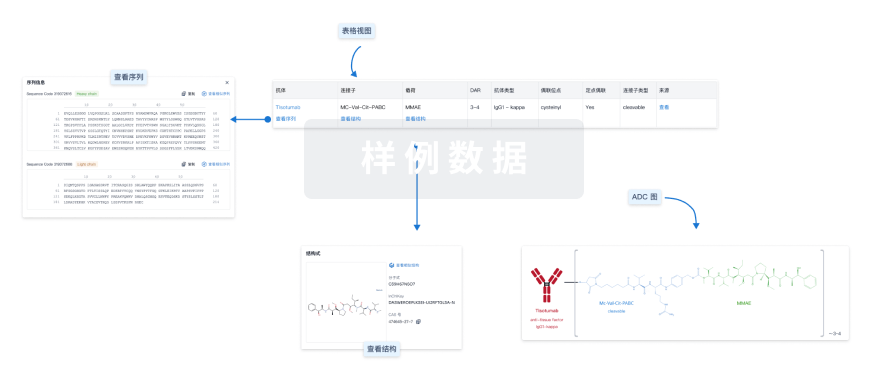Objective:Overexpression of chemokine receptor subtype 4 (CXCR4) receptors is the root cause of the metastatic spread of various cancers. The use of CXCR4 antagonists as specific ligands to inhibit the CXCR4 interaction with its only natural ligand stromal cell derived factor-1α would benefit. Plerixafor is one such Food and Drug Administration approved CXCR4 antagonist used for hematopoietic stem cell mobilization in patients. Taking the specific advantage of low molecular weight, plerixafor conjugation with different bifunctional chelating agents, was optimized.
Methods and results:Radiolabeling of the complex with 68Ga radionuclide was standardized at pH (3–8), incubation time (5–30 min), temperature (25–100 °C), and volume (0.5–4.5 ml) followed by quality control checks: radionuclide, radiochemical purity, sterility, and pyrogenicity. In-vivo biodistribution studies were performed using gallium-68-diethylenetriamine pentacectic acid (68Ga-DTPA)-plerixafor in normal rats. The molecular weights of DTPA- and 1,4,7-triazacyclononane-1,4,7-triacetic acid-conjugated plerixafor were 1087 and 1014 Da, respectively. Radiolabeling yield of DTPA conjugated plerixafor was greater than or equal to 99% at pH 5.5; 10–15 min incubation at room temperature; and 2.5–4.5 ml maximum volume. Radionuclide and radiochemical purities were greater than or equal to 99%. Radiopharmaceuticals were sterile and pyrogen-free. Physiological uptake of 68Ga-DTPA-plerixafor was noted in the spleen (~20% ID/g), liver (4–5% ID/g), blood pool (6–13% ID/g), and faster clearance via kidneys (18–19% ID) up to 180 min.
Conclusion:Radiolabelled 68Ga-DTPA-plerixafor has the potential as a diagnostic carrier molecule for imaging in-vivo CXCR4 expression.







